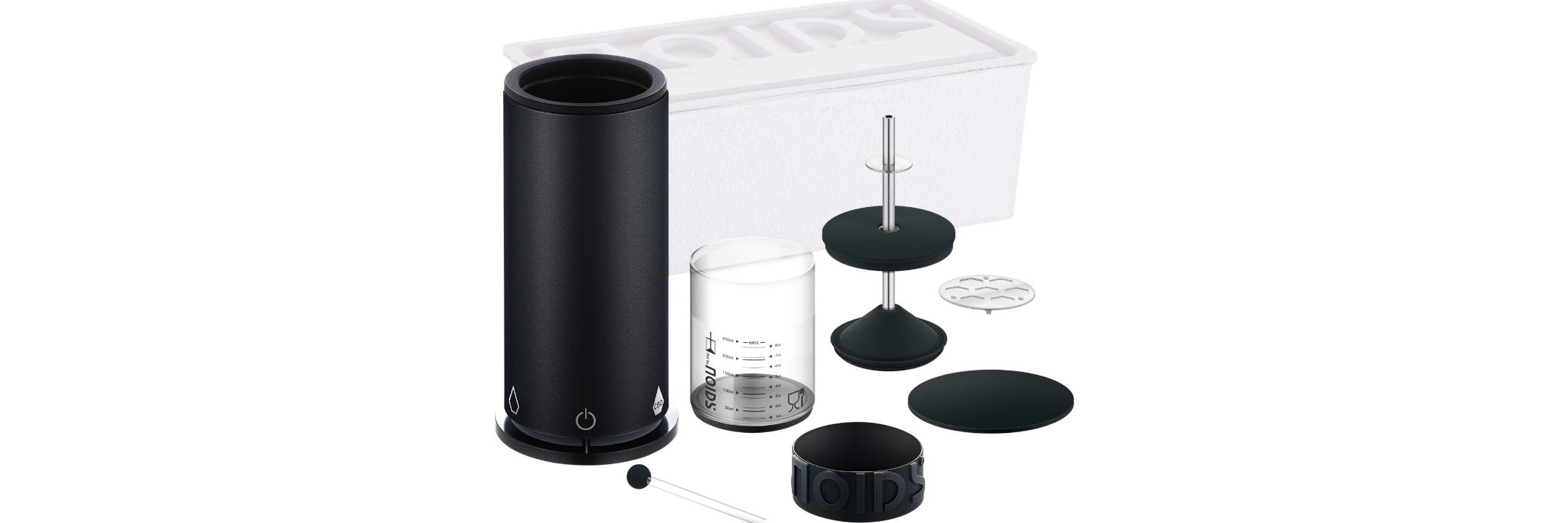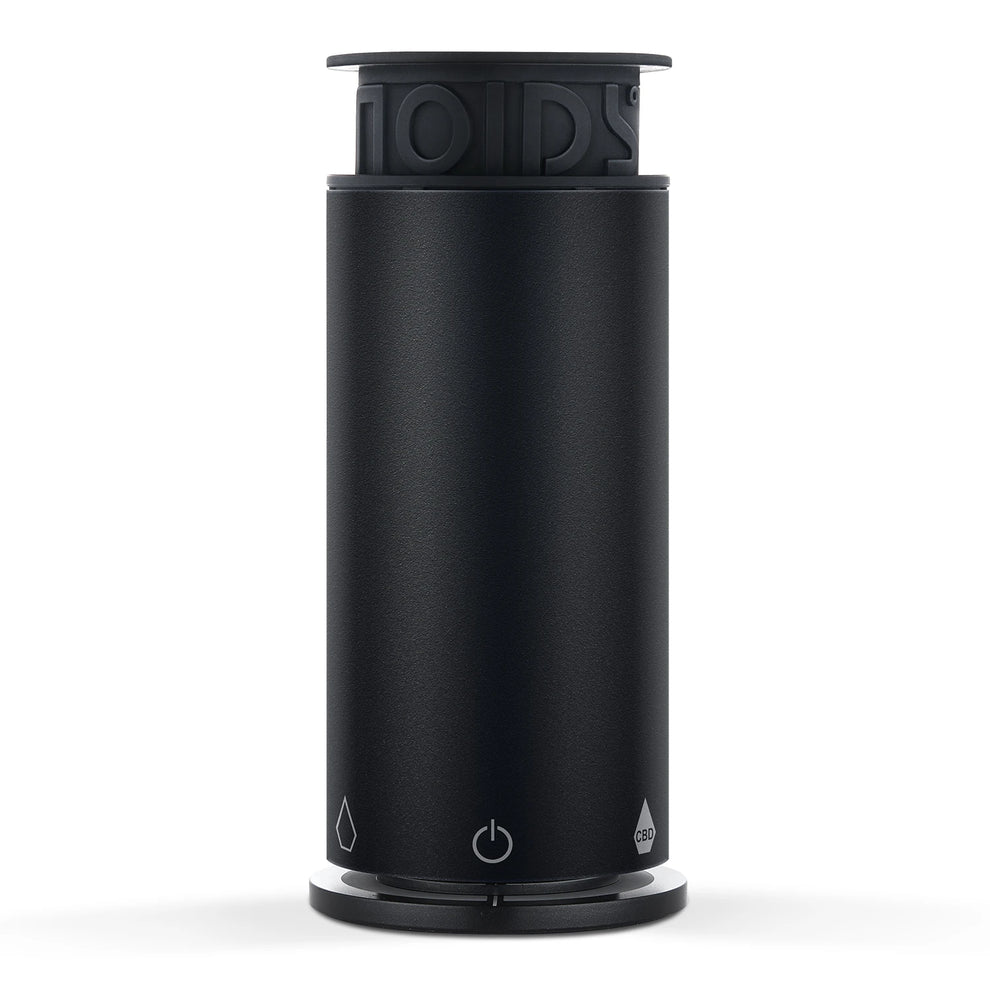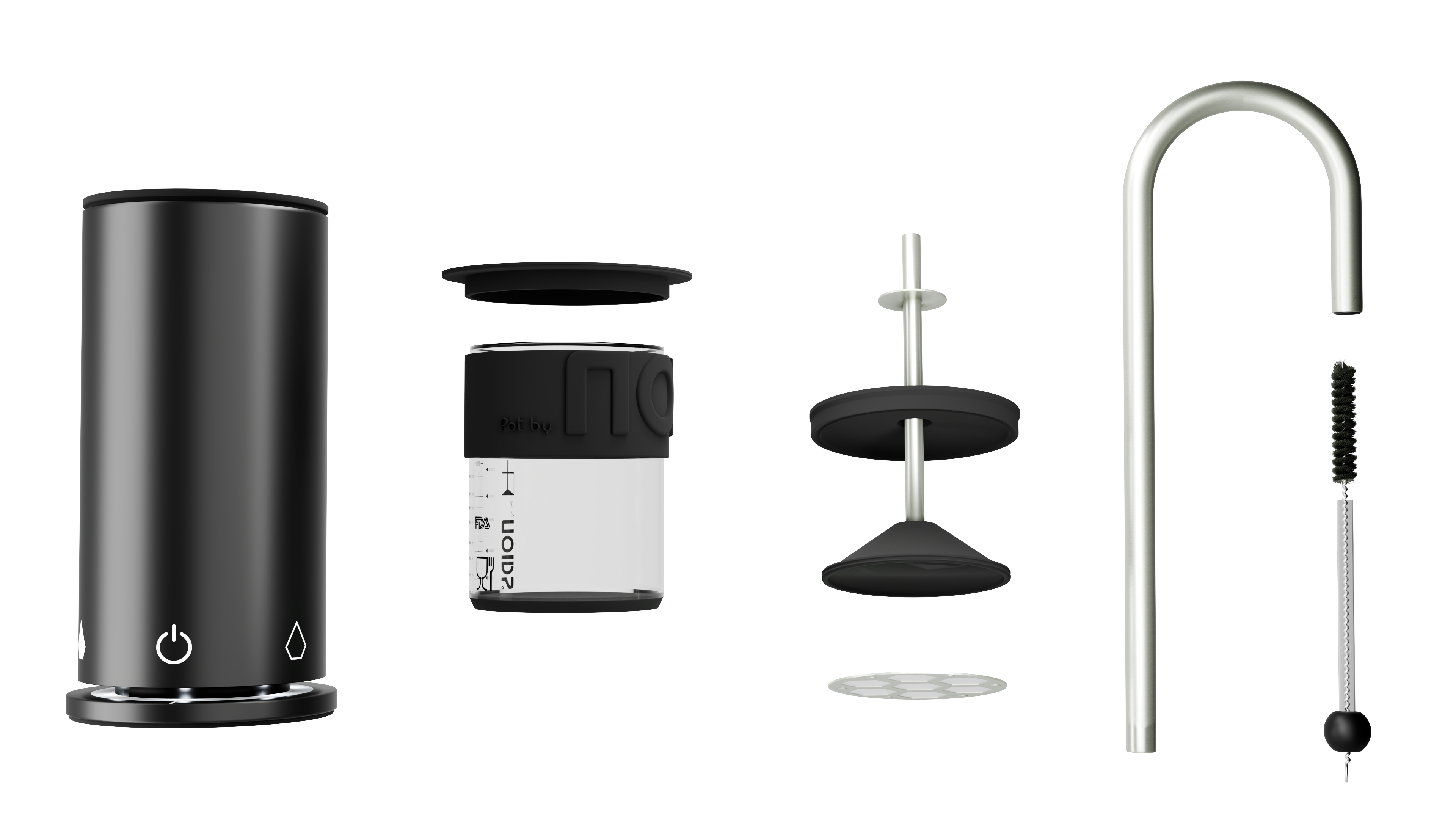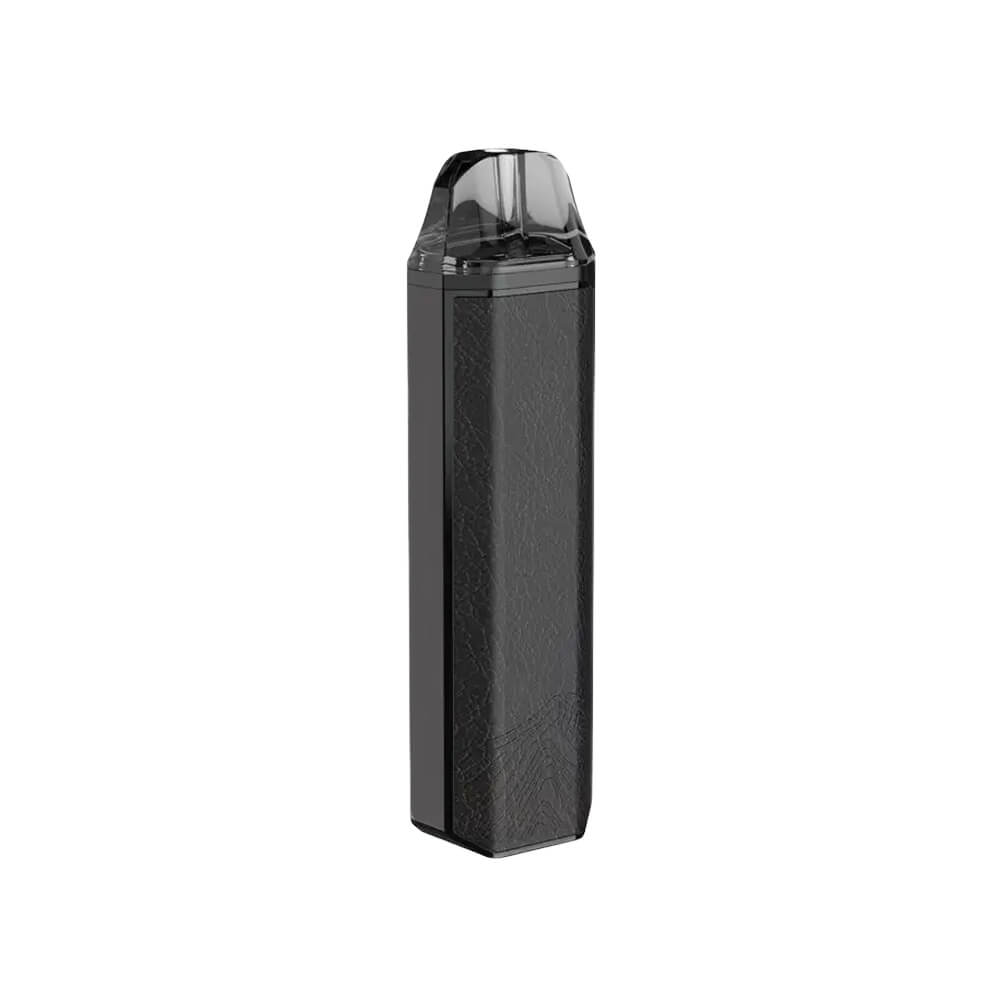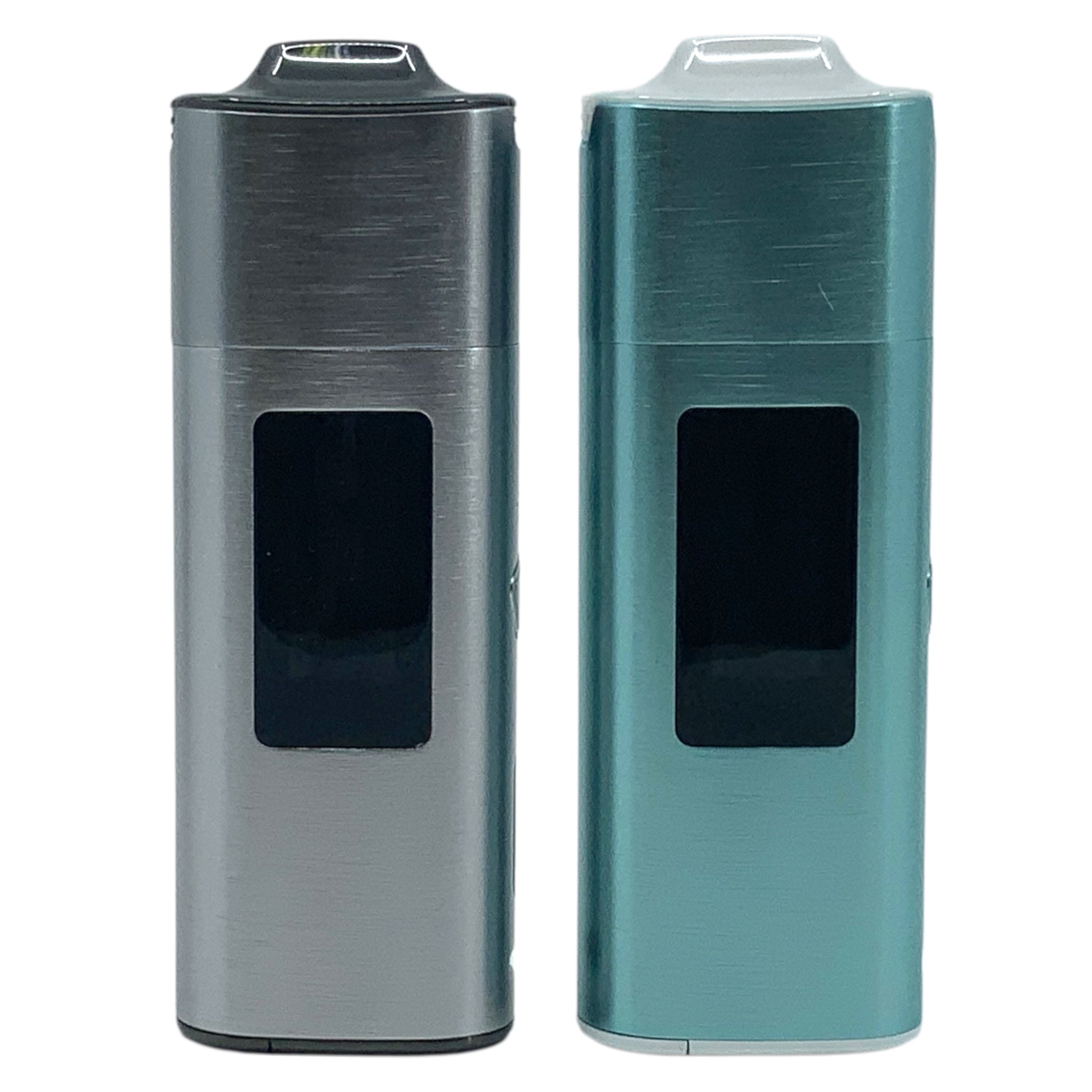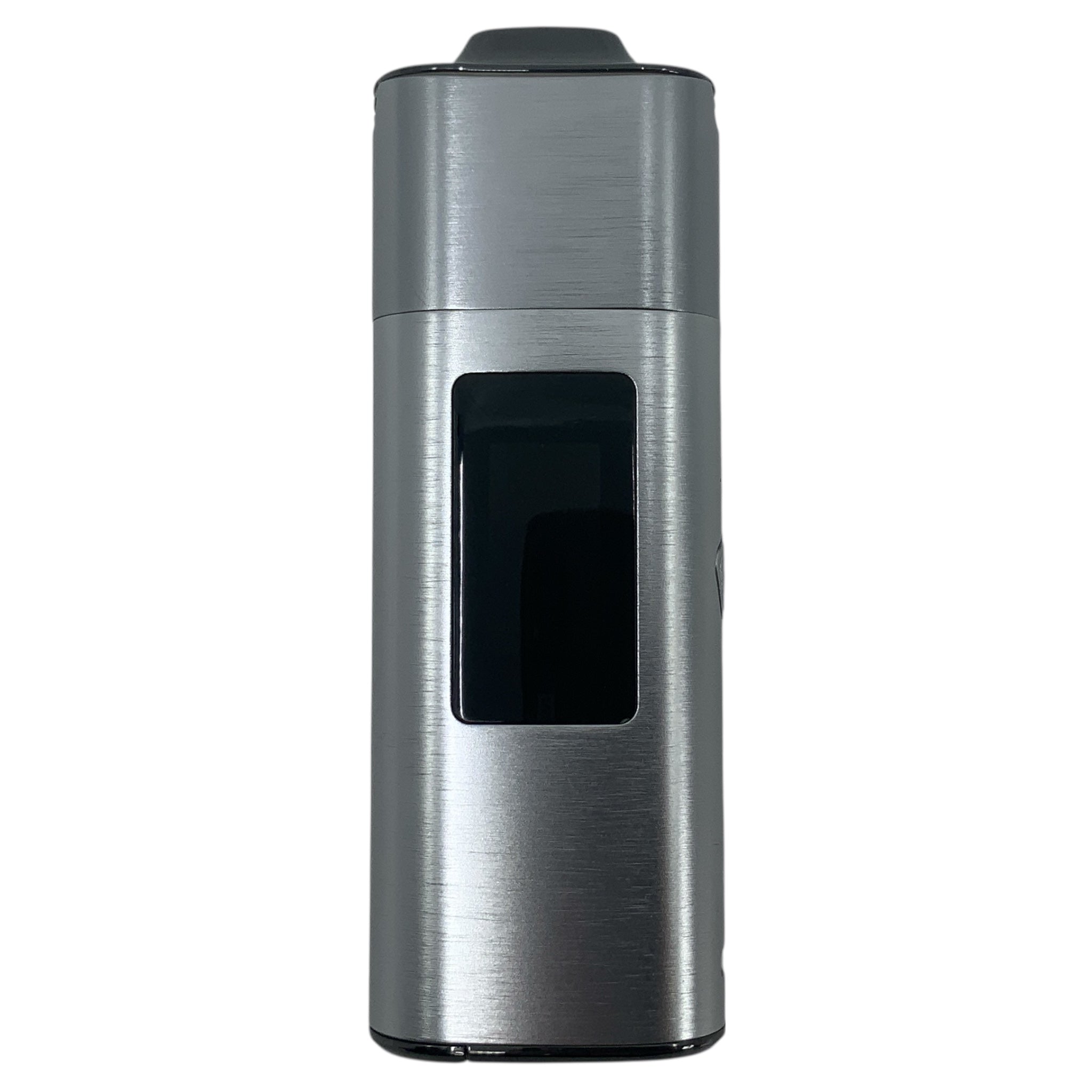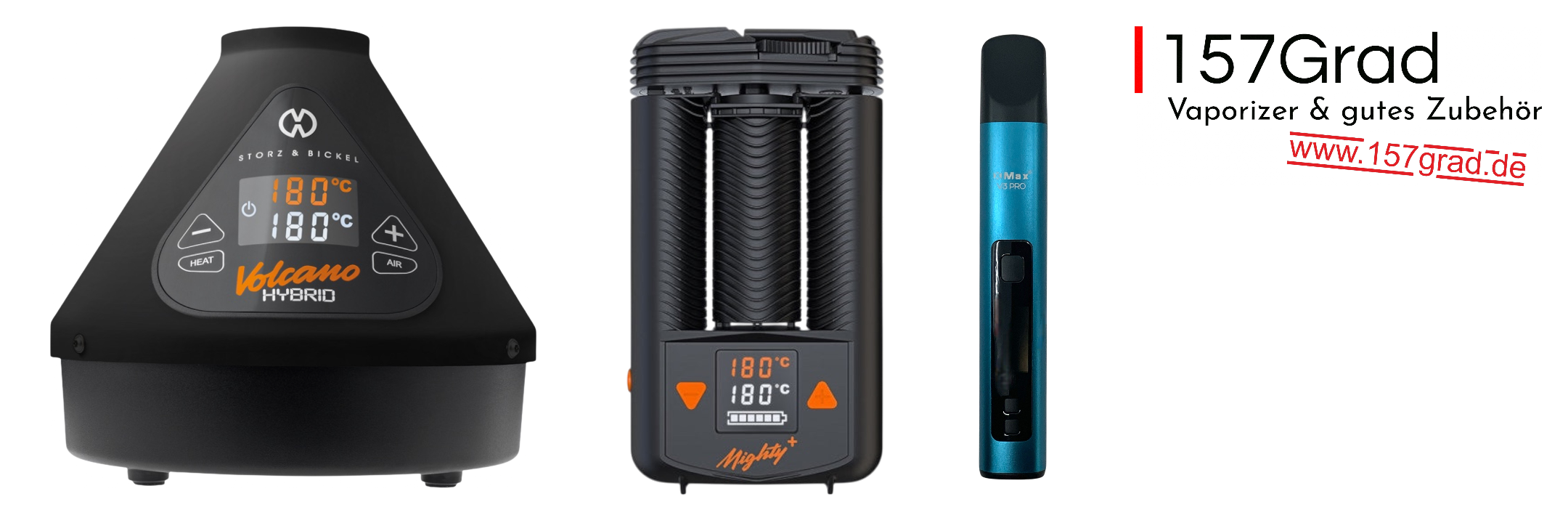You want to get more out of your medical cannabis than just dry theory? Then you've come to the right place. Because before your plant material can even unfold its full effect, it needs a crucial step: decarboxylation.
This article and guide will show you how to implement this process safely, easily, and efficiently, whether you use an oven, microwave, or special appliance. You will learn what matters regarding temperature, time, and accessories, and which method suits you best. And if you still have questions at the end: A small but fine FAQ section awaits you at the bottom.
Decarboxylating medical cannabis
Anyone using medical cannabis cannot avoid decarboxylation. Only by carefully heating the plant do you convert the acid forms, such as THCA, into effective tetrahydrocannabinol. This is the only way to achieve the desired potency and make the valuable cannabinoids bioavailable.
Temperature and duration play a central role in the decarboxylation of C. Whether on a baking sheet in the oven or with a special device: the goal is to heat the blossoms evenly without compromising the quality of the terpenes and cannabinoids they contain. These substances are precisely what make medical cannabis so versatile – from pain relief to relaxation.
Want to optimize the effect? Then precision is key. Whether cooking and baking, extraction or vaporization: only activated active ingredients deliver the desired effect. With the right method, you get the best out of the plant – efficiently, gently and at full strength.
Understanding Cannabis Decarboxylation
Before you can use medical cannabis, an invisible but crucial step is needed: decarboxylation. Through targeted heating, the active forms THC and CBD are created from the inactive precursors THCA and CBDA. Only then can your body utilize the valuable cannabinoids.
What this means in practice is shown by the direct comparison between raw and decarboxylated cannabis:
|
Characteristic Property Attribute Feature |
Raw Cannabis |
Decarboxylated Cannabis |
|---|---|---|
|
Active ingredients |
THCA / CBDA |
THC / CBD (active form) |
|
Effect |
Not or hardly psychoactive |
Effective, depending on the cannabinoid. |
|
Usage |
Not suitable for oral ingestion. |
Ideal for cannabutter, oils & co. |
|
Temperature required. |
No |
Yes, approximately 105–120 °C (ideal temperature) |
|
Preparation steps |
Drying, Crushing |
Heat, then process further. |
You'll quickly notice how much temperature and time influence the effect. Too little heat – no activation. Too much – loss of quality. Only with the right balance will you get the best out of your buds, regardless of whether you want to make cannabutter or use the plant material in another way.
The right temperature for decarboxylation
When decarboxylating C, temperature is more than just a number – it determines effect, quality, and efficiency. THC activates at approximately 105 to 115 °C, while CBD tolerates slightly more heat. Staying within this range achieves decarboxylation, the moment when cannabinoids unfold their active form.
However, if you heat it too high, you risk losing valuable ingredients. Not only does THC evaporate, but the typical aromas and the golden-brown color of the buds can also suffer. The exact temperature plays a crucial role, especially if you want to smoke the plant material later or use it in a herbal vaporizer such as the Venty.
To help you stay in control, here are some tips:
-
Use an oven thermometer instead of relying on preset values.
-
Preheat the oven and avoid large temperature fluctuations.
-
Spread the plant material flat and evenly – this will ensure even decarboxylation.
This is how you get the best out of your material – efficiently, gently and aromatically.
Step-by-step guide to decarboxylation
If you want to effectively use medical cannabis, whether for cooking, oils, or vaporization, decarboxylation is unavoidable. This process converts the active ingredients into a bioavailable form. Whether you eat the flowers later or process them further in a pot is irrelevant: without this step, the effect will not occur.
Preparation is crucial. Your buds must be completely dry. Grind them evenly, preferably with a stainless steel grinder, and prepare your accessories. Whether oven, special device or the classic version with a heat-resistant glass container: you have the choice. So you don't forget anything, here's a step-by-step guide:
Simple guide to decarboxylation: Step by step
-
Preparing the flowers: First, let the flowers dry completely. Then grind them evenly – ideally with a high-quality stainless steel grinder from your trusted head shop.
-
Choose the right accessories: For the classic method, you need a baking sheet, baking paper, and an oven. Alternatively, you can also use an electric decarboxylator or a special kitchen machine like the Magical Butter. You should only use a saucepan for later processing – not for the decarboxylation itself.
-
Preheat the oven: Set your oven to approximately 110 °C. Let it preheat completely to avoid temperature fluctuations.
-
Spread herbs evenly: Spread the crushed blossoms flat on the baking sheet. Use parchment paper as a liner to distribute the heat evenly and maintain quality.
-
Heat and monitor: Leave the material in the oven for about 30–40 minutes. Don't open the door too often – this disrupts the temperature. With electric appliances, the control is automatic.
-
Cool and use: After heating, allow to cool completely. Now your decarboxylated cannabis is ready for further processing, whether as an ingredient in food, in an oil bath or for other forms of extraction.
With these instructions, you'll get a solid result, gently, effectively, and perfectly prepared for the next step.
Microwave decarboxylation
If you're in a hurry and only want to process a small amount, the microwave sounds tempting for decarboxylation. In theory, it even works – but in practice, this method introduces a lot of uncertainties. The heat distribution is uneven, the temperatures are difficult to control precisely, and it's easy to destroy more than activate.
Timing and control are crucial, especially during decarboxylation. In the microwave, the blossoms can burn on the outside while the inside is not yet fully activated. This risks losing important active ingredients – and in the worst case, you get an unusable result. Therefore, this method is only recommended with a lot of experience and great caution.
If you still want to try it, pay attention to short intervals, low wattage, and a fireproof container. This method is a shaky compromise, but for absolute emergencies it can work, as long as you know what you're getting into.
Decarboxylation in the oven
Decarboxylation in the oven is arguably the best-known method, and rightly so. All you need is a standard household oven, a baking sheet, and a little patience. If you control the temperature and time, you can reliably activate the desired active ingredients. The process is simple, but it requires concentration.
THC and CBD develop particularly well at around 110 °C and for about 35 minutes. However, small mistakes can affect the quality, and that's where the crux of the matter lies. To avoid unnecessary loss of potency, pay attention to a few typical pitfalls:
-
No preheating : The temperature is not correct from the start.
-
Too thick layers : flowers are heated unevenly
-
Unsuitable sheet metal : Heat distribution is poor - better to switch to glass or ceramic.
If you pay attention to these details, the implementation will be a complete success and your medical C. is ready for the next stage.
Decarboxylation with extractors such as Noids Pot or Magical Butter
With modern extractors like the Noids Pot or the Magical Butter, decarboxylation becomes child's play – precise, clean and without constant monitoring. You benefit from even heat distribution, fixed programs and ultimately better activation. And incidentally, the taste of your buds is also optimally preserved – this is especially crucial if you later want to work with a vaporizer.
Using the Noids Pot Extractor is straightforward. To make sure you don't miss anything, here's a step-by-step guide:
-
Crush the flowers and place them in the chamber of the Noids Pot.
-
Select the decarboxylation program.
-
Start the device and wait - everything runs automatically.
-
Remove after receiving the signal and process immediately.
The Magical Butter also reliably takes care of the decarboxylation – plus, you can then directly make butter, for example. This saves time and ensures perfect results.
Conclusion: This is how you can reliably perform decarboxylation.
If you want to use medical cannabis safely and efficiently, decarboxylation is key. The best method for you depends on your routine: an oven is suitable for beginners, while devices like the Magical Butter or the Noids Pot offer more control and convenience. Crucially, the temperature and time must be correct; only then will cannabinoids transform into their effective, activated form.
Those who regularly decarboxylate clearly benefit from a specialized device. It saves time, avoids mistakes and ensures consistent quality. Especially with the Noids Pot, which you can buy directly here in the shop, you do everything right: automatic temperature control, clean execution and a result that can be seen.
This way, decarboxylation not only succeeds reliably – it becomes a relaxed part of your routine. Whether for cannabutter, vaporizers or oil: Activated cannabis only unfolds its full potential then.

